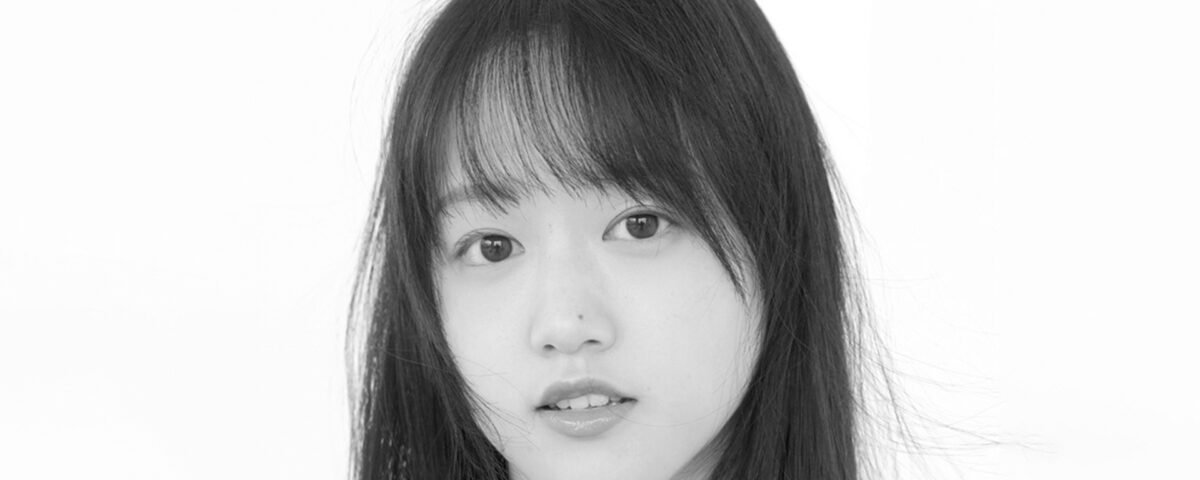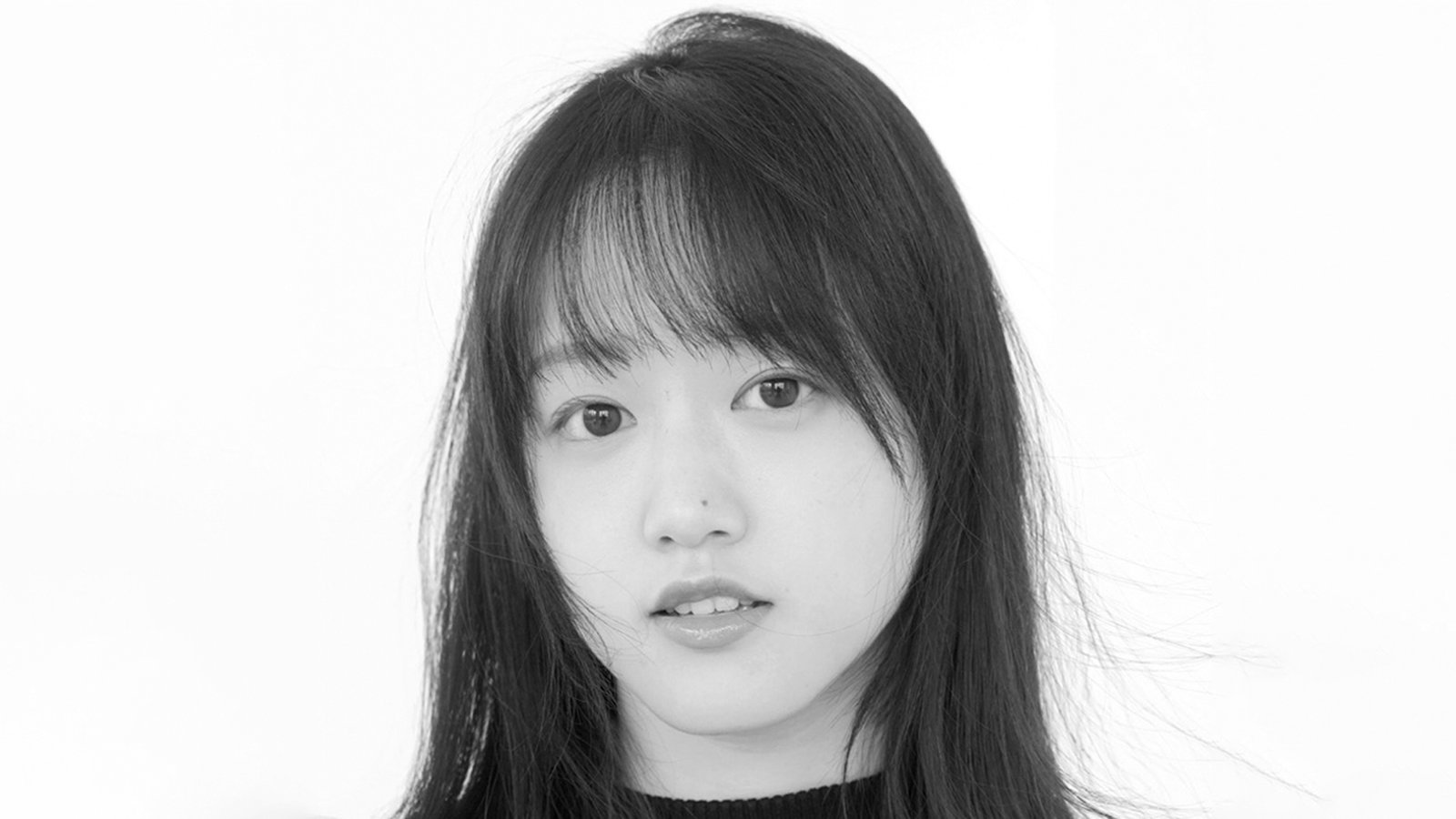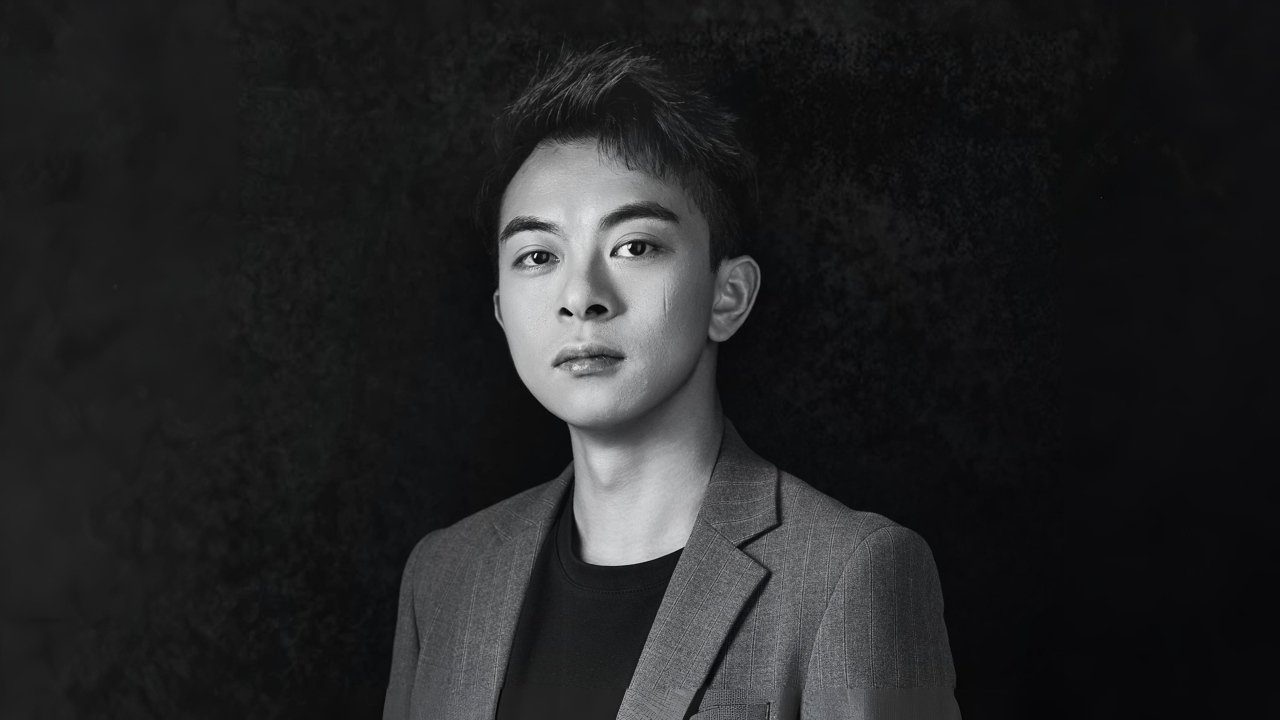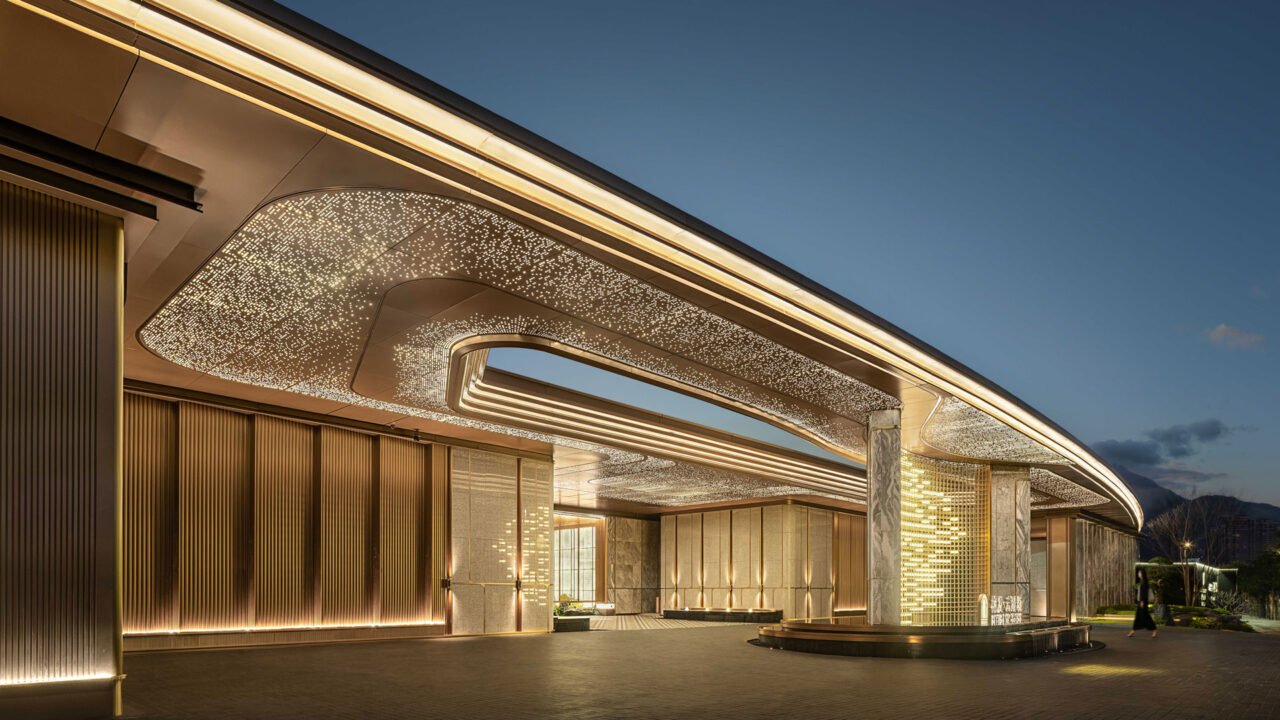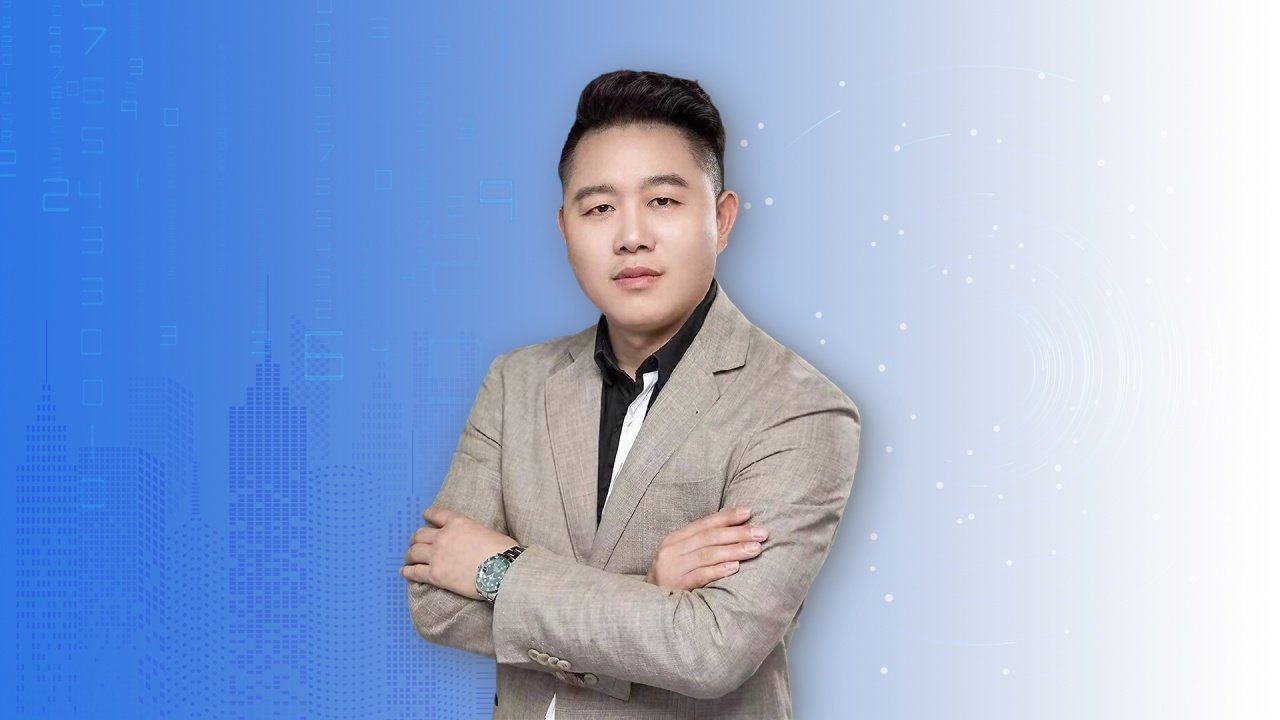
An Interview with ChiJui Wang | Letting the Space Speak
July 1, 2025
Designing with Restraint, Feedback, and Feeling – Insights from Yani Liu
July 1, 2025Hi, I'm Yuwei Li. I started with a background in Visual Communication Design during my undergraduate studies, where I learned how to craft visual narratives and communicate clearly. Later, I pursued a master’s degree in Human-Computer Interaction, which shaped how I think about user experience, systems, and inclusive design.
Currently, I’m working as a UX designer at a major tech company in Seattle, focusing on internal tools and AI-powered solutions. I’m especially passionate about how AI can enhance design—whether by making experiences more adaptive, accessible, or efficient.
Being recognized by the MUSE Design Awards is both an honor and a meaningful validation. As a designer, I strive to create work that bridges disciplines, addresses real-world problems, and speaks to both function and emotion.
This recognition affirms that the effort to push boundaries—whether in inclusive design, AI-driven experiences, or socially responsible projects—is seen and appreciated by a global community. It also motivates me to keep learning, collaborating, and designing for impact.
This recognition has brought a great sense of encouragement—not just to me personally, but to my team as well. It validated our shared belief in user-centered, socially responsible design and opened up new conversations with collaborators, clients, and even researchers from other disciplines.
For me, it has helped build credibility in both professional and academic circles, leading to invitations for speaking engagements, cross-functional projects, and opportunities to serve as a jury member for other design competitions. It’s been a catalyst for growth and visibility.
Cross-collaboration is at the heart of how I work—especially when leading a team. I see it as a mindset that encourages curiosity, cross-disciplinary thinking, and the courage to try something unconventional before it’s proven.
One example is PenguBuddy, a project where I led a team of designers, engineers, and biologists to create an AI-enhanced underwater robot that improves penguin engagement and welfare in zoos. Instead of following a traditional app-first approach, we began by experimenting with real-world interactions—testing physical prototypes in water and observing penguin behavior to inform our interface design.
We also explored sound frequencies, gamified tasks, and various modes of AI-driven monitoring.
One of the most unusual—but ultimately powerful—sources of inspiration came from observing animal behavior documentaries, especially those focused on how penguins interact with their environment and each other.
During the PenguBuddy project, we weren’t just designing for humans—we were designing with animals in mind. That shifted our perspective entirely. I was inspired by how penguins use play as a form of communication and stress relief. This led us to explore gamification as a tool—not for humans, but for penguins.
We ended up designing physical interactions that mimicked elements of natural enrichment, while using AI to adapt tasks based on individual behavior patterns. That initial spark—from something as simple as a wildlife video—reshaped our approach to both product design and empathy.
I wish more people understood that good design isn’t linear—and it’s not always about instant solutions. A huge part of the process is pushback and polish: challenging assumptions, questioning initial ideas, and refining again and again, often in response to conflicting feedback.
Some of the best design outcomes I’ve seen didn’t come from the first idea, but from the third or fourth version—after rigorous discussion, user testing, and yes, some disagreement. Pushback isn’t a sign of failure; it’s a sign that people care enough to make it better. And polish isn’t just about visuals—it’s about clarity, purpose, and impact.
Design is a craft that lives in the details, and those details often come from the friction.
To me, it’s not about choosing one over the other—it’s about building a shared vision. I try to deeply understand the client’s goals, constraints, and users first. Then I look for ways to translate my ideas in a way that aligns with their language, values, and business needs.
Sometimes that means pushing back respectfully; other times, it means adapting the execution while preserving the core design intention. I’ve learned that clients don’t resist bold ideas—they resist ideas that feel risky or misaligned. So the key is to co-create, not convince.
When there’s trust, there’s room for creativity. And when we align on purpose, even the boldest ideas can find their place.
The central design challenge for one of the projects involved harmonizing penguin welfare with captivating visitor interaction, while navigating obstacles such as robot durability, online data processing, and ethical animal engagement.
Our solutions prioritized two key areas: meticulous material testing and ethical design to ensure robot safety and scientifically informed movement patterns for responsible monitoring; and user-centric interaction design, featuring an intuitive mobile application with gamification and educational content to transform visitors from passive observers to active participants in penguin welfare.
First, we conducted rigorous material testing and ethical design. The underwater robot materials were extensively tested for safety and durability. The movement patterns were carefully designed to mimic the behavior of animals in the African penguin colony and were informed by research scientists to guarantee ethical monitoring practices.
Second, we focused on user-centric interaction design. The mobile application prioritized intuitive controls, catering to a diverse user base. Gamification and educational content were integrated to foster active, empathetic engagement, transitioning visitors from passive observers to active participants in penguin welfare.
I step away—literally and mentally. I’ve learned that forcing creativity rarely works for me. Instead, I recharge by exposing myself to things completely outside of design: walking in unfamiliar neighborhoods, watching indie films, flipping through old photography books, or even listening to podcasts about psychology or science.
Sometimes, the best ideas come when I stop trying to have them. Distance creates space, and space invites new connections.
Also, talking to people outside the design field—like researchers, engineers, or friends from completely different industries—often gives me unexpected perspectives that shift the way I think.
Empathy is at the core of everything I design—not just empathy for users, but for different ways of living, seeing, and understanding the world.
Having studied visual communication in China and later pursued HCI in the U.S., I’ve navigated vastly different cultural and educational systems. Working across countries and collaborating with diverse teams has taught me that design isn’t universal—it’s contextual. It must respect nuance, culture, and access.
These experiences have made me more sensitive to perspectives that are often overlooked, whether designing for people with disabilities, cross-cultural audiences, or underrepresented communities. I try to bring this awareness into every project—not just as a design requirement, but as a core value.
I’d love to collaborate with Oki Sato, founder of Nendo.
His work balances playfulness and minimalism in such a poetic way. I admire how he transforms small, often overlooked moments into thoughtful design interventions. I think we share a similar appreciation for subtlety, narrative, and cross-disciplinary thinking.
Collaborating with him would be a chance to learn how to express complex ideas with simplicity and soul.
I wish more people would ask what kind of impact I hope my work creates beyond the screen—because for me, it’s about fostering belonging. Whether it’s an AI tool for visually impaired professionals or a gamified robot for penguins, my work is rooted in inclusion: ensuring people (or animals) feel seen, supported, and valued. I believe design has the power to shape environments, influence behavior, and move emotion—and I aim to use that power to quietly remove barriers and open doors for those often left out of the mainstream.
Yuwei Li
Yuwei Li is a UX designer at a major Seattle tech company, specializing in AI-powered internal tools. She’s passionate about making design more adaptive, accessible, and efficient—demonstrated by her award-winning projects, Unsweetened and PenguBuddy.
Explore the journey of the Shan Zhijiang, the Platinum Winner of the 2025 MUSE Design Awards. He brings 30 years of drawing passion to interior design for luxury residences, hospitality, and real estate, crafting meaningful spaces.

